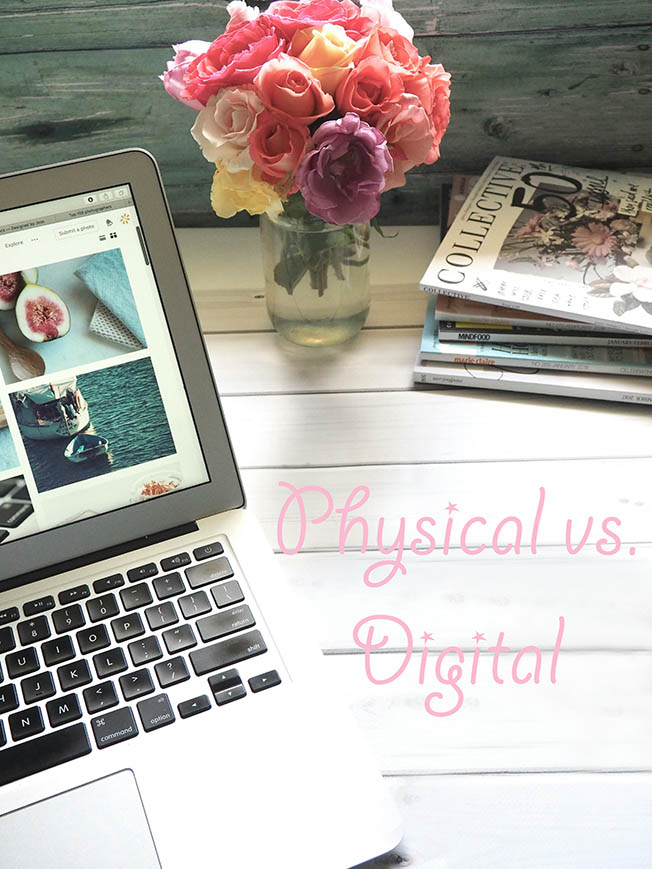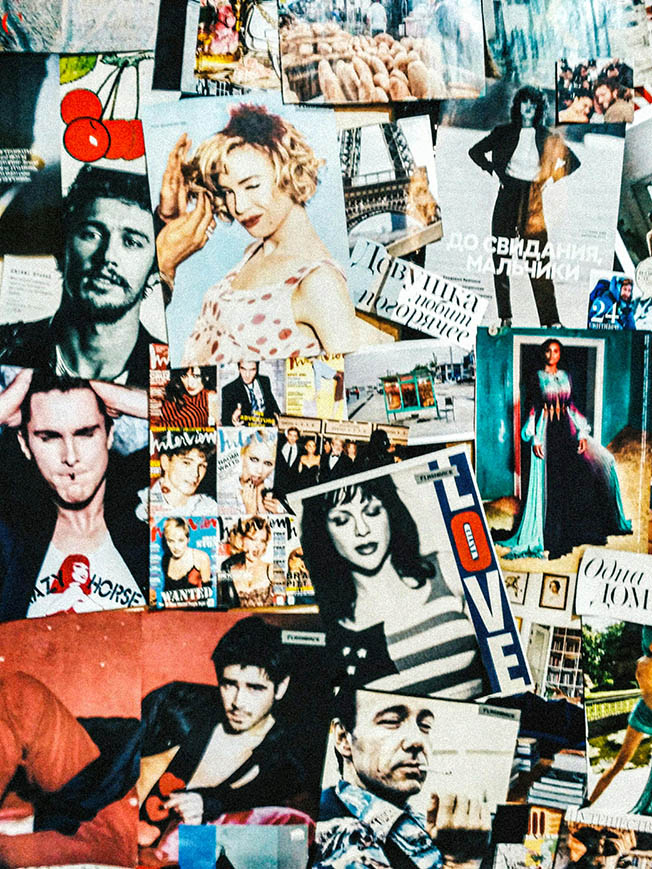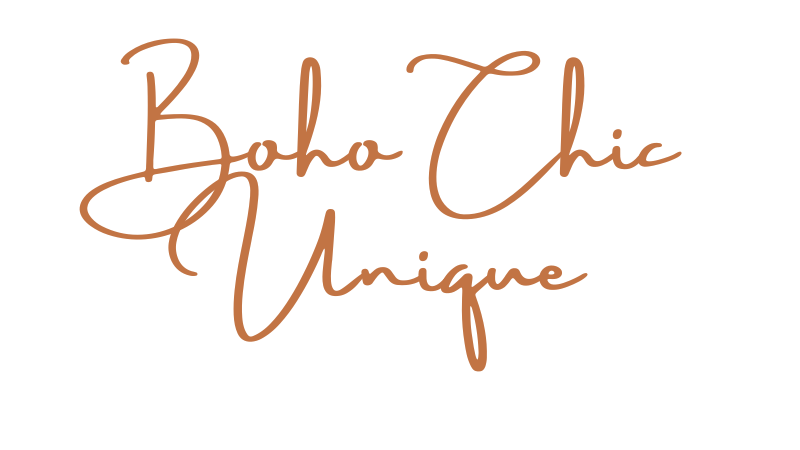Creating an aesthetic moodboard is an art form that serves as a powerful tool for visualizing ideas and shaping creative projects. Whether you’re revamping your boho home, planning an event, or simply gathering inspiration, a moodboard helps you translate abstract concepts into tangible visuals. In this blogpost, I will explain how to craft an boho aesthetic moodboard, emphasizing design principles and techniques for achieving harmonious spaces that align with your bohemian visions.

An aesthetic moodboard is a curated collage of images, colors, textures, and text that encapsulates the essence of a design vision. For a bohemian enthusiast, this might mean blending earthy tones, eclectic patterns, and natural materials to convey a free-spirited vibe. The aesthetic moodboard can be physical (assembled from magazine cutouts, fabric swatches, and photos), or digital (crafted using tools like Canva or Pinterest).
What is an Aesthetic Moodboard with Bohemian Vibes?
Your aesthetic moodboard serves as both a source of inspiration and a blueprint for decision-making, helping you stay true to your design’s intended mood and style.
The Foundation of an Harmonious Aesthetic Moodboard
A well-crafted aesthetic moodboard requires thoughtful consideration of balance, variation, and cohesion. These principles ensure that your vision translates into a space that feels inviting, functional, and visually pleasing. Here are three core design principles to guide your process:
1. Balanced Bohemian Dimensions
Harmony begins with balance. Ensure that the elements in your moodboard—colors, furniture, and accessories—complement rather than compete with one another. For example, if your focal point is a bohemian bold patterned rug, choose furniture and accents in muted tones to avoid overwhelming the space.
2. Variations in Boho Color and Form
Introduce variety to keep your design dynamic and interesting. Experiment with analogoue boho color schemes for subtle variation or complementary colors for bold contrasts. For example, pair soft greens with light blues for a cohesive look, or juxtapose a neutral beige sofa with vibrant orange cushions for a pop of bohemian color.
Incorporate different materials and shapes as well. A sleek metal lamp paired with a plush, curved chair creates visual interest and textural diversity.
3. Layering and Grouping for a Boho Vibe
Use the rule of three when arranging items. For example, a boho reading nook with a chair, a potted plant, and a standing lamp of varying heights creates a balanced composition. Grouping objects in threes—or other odd numbers—enhances harmony and makes the arrangement feel more organic.
Physical vs. Digital Aesthetic Moodboard
Deciding between a physical or digital aesthetic moodboard depends on your personal preferences and the nature of your project. Check both Google and Pinterest for inspiration. And make clippings from newspaper magazines of things you like.
Both types have their advantages:
Digital Moodboards: Ideal for quickly gathering ideas from online resources. Tools like Canva or Photoshop let you layer images, adjust colors, and refine your vision.
Physical Moodboards: Great for tactile exploration. Pin fabric swatches, paint chips, and magazine clippings to a board for a hands-on approach.

Here’s a comparison of the two approaches:
Physical Moodboards
- Advantages: Tactile exploration allows you to feel the textures of fabric swatches, paper cutouts, and material samples. This hands-on approach is great for home projects or interior design.
- How to Create: Use a corkboard or sturdy backing. Pin items like paint chips, magazine clippings, and fabric swatches to assemble a collage.
- Best For: Projects where physical materials are central, such as decorating a room or choosing textiles for furniture.
Digital Moodboards
- Advantages: Digital boards are highly flexible, allowing you to easily swap images, experiment with layouts, and refine color palettes. They’re ideal for projects where inspiration is drawn from online sources.
- How to Create: Use tools like Canva, Pinterest, or Photoshop. These platforms make it easy to layer images and adjust elements for a polished look.
- Best For: Creative brainstorming, graphic design, and collaborative projects.
Typography Tips for Boho Vibes
Typography can enhance the boho mood of your design and communicate your bohemian aesthetic. Consider these tips when incorporating text into your aesthetic moodboard:
- Play with Handwritten Fonts: Opt for fonts that mimic calligraphy or handwriting to convey a free-spirited and organic vibe.
- Mix Serif and Sans-Serif Fonts: Use serif fonts for a vintage touch and sans-serif for a clean, modern feel. This contrast aligns with the eclectic nature of bohemian design.
- Experiment with Sizes and Spacing: Create a focal point by enlarging key words or phrases while using ample white space for balance.
Adding text to your moodboard not only reinforces your theme but also provides clarity to your vision.
Aesthetic Moodboard Ideas for Home Decor Inspiration

Aesthetic moodboards are invaluable tools for envisioning and executing home decor projects.
Personally, I like to make my aesthetic mood boards in Canva or Photoshop. And then I make a jpg that I place on the desktop, or print and place somewhere where I see it every day,
For me, a mood board is not only aesthetic, but also serves as an affirmation for future projects and wishes.
But of course sometimes I just make quick mood boards before an art project or interior design project to make sure that everything harmonizes with each other. Colors, structures, feeling, etc…
Here are some ways to use the aesthetic moodboard effectively:
- Room-Specific Boards: Create separate moodboards for different rooms to maintain consistency while allowing for individual character. For example, your bedroom board might emphasize calm tones, while the living room incorporates vibrant patterns.
- Style Exploration: Test various styles, such as mid-century modern or rustic bohemian, to see what resonates before committing.
- Focal Points: Use your moodboard to identify statement pieces, like a patterned rug or an oversized piece of art, that anchor the room.
Incorporating Quotes and Affirmations into an Boho Aesthetic Moodboard
For a more personalized boho touch, integrate meaningful quotes or affirmations into your aesthetic moodboard. These can set the tone for your boho style design and infuse your project with intentionality.
- Choose Reflective Phrases: For example, “Live with intention” or “Create your own calm” might align with a bohemian vibe.
- Display Creatively: Use decorative frames, handwritten notes, or typography overlays to integrate quotes seamlessly into your board.
- Enhance Visual Appeal: Pair your text with complementary visuals, like soft watercolor backgrounds or earthy boho patterns.
Transforming an Aesthetic Moodboard into a Vision Board
While a moodboard focuses on aesthetic and design, a vision board incorporates broader goals and aspirations.
It can e.g. be that you make an aesthetic mood board with different places in a city you want to visit, a collage of how you want your future home to be decorated. Or a cool collage with people you admire. Whose style, job or characteristics you yourself would like.

Here’s how to transition your aesthetic moodboard into a vision board:
- Expand Your Scope: Include images and text that reflect personal goals, such as travel destinations or lifestyle ambitions.
- Categorize Themes: Divide your board into sections for home design, personal growth, or career aspirations.
- Incorporate Motivational Elements: Add affirmations, inspiring quotes, or even a timeline to keep your goals in focus.
This transformation helps you align your creative projects with your personal journey.
How to Use Your Aesthetic Moodboard for Daily Inspiration
Once your aesthetic moodboard is complete, it can serve as a daily source of motivation and creativity.
That´s why you should place your aesthetic mood board where you see it every day. To be reminded of what you desire, find the feeling that you already have it and appreciate it, so that your best boho style dreams will more easily come true.
Here are some tips for keeping it relevant:
- Display Prominently: Place your physical moodboard in a workspace or use a digital version as your desktop background.
- Refresh Periodically: Update your board with new elements to keep it aligned with evolving goals or seasons.
- Refer Back Regularly: Use it as a guide when making design decisions or seeking creative inspiration.
By integrating your moodboard into your daily routine, you ensure it remains a dynamic and meaningful tool.
How Lines and Patterns Transform Spaces
Lines and patterns play a significant role in how a space is perceived.
But remember, a line is not just a line. It can be romantic, stylish, rustic or perhaps pompous. It can have a different structure, and does not always have to be completely smooth. Choose the type of line for your aesthetic mood board that suits the style of your interior design project.

Use these tips to shape your design:
- Vertical Lines: Curtains, striped wallpaper, or tall plants draw the eye upward, making ceilings feel higher.
- Horizontal Lines: Rugs or long furniture pieces create a sense of width but may make the space feel shorter.
- Diagonal Lines: These add energy and movement, ideal for creating a lively and modern bohemian aesthetic.
- Organic Patterns: Incorporate soft, flowing patterns to balance angular furniture or hard surfaces, adding a sense of calm and warmth.
Crafting a Color Palette for Your Aesthetic Moodboard
Color is one of the most impactful elements of any design. A cohesive color palette sets the tone for your space and conveys a specific mood. Here are some strategies to choose and apply colors effectively:
1. Complementary Colors
Colors opposite each other on the color wheel (e.g., blue and orange) create striking contrasts. This approach is perfect for bold, eclectic designs that embrace the vibrant bohemian aesthetic.
2. Analogous Colors
For a more serene and cohesive look, select colors next to each other on the color wheel, such as green and turquoise. This method creates harmony without monotony.
3. Triadic Schemes
Choose three colors evenly spaced on the color wheel for a balanced yet vibrant palette. Soften the look by using muted shades of these colors.
4. Monochromatic Palettes
Using variations of a single color—like soft beige, warm taupe, and deep brown—creates a calming and sophisticated environment. Perfect for minimalist or modern boho styles.

Note that even the aesthetic mood board with stronger colors gives a sense of calm despite its intense color. That's what a room in monochromatic colors does, it gives peace because the impressions are reduced.
Incorporating Textures and Materials
To achieve a rich and inviting bohemian aesthetic, mix and match textures. Think of pairing soft textiles like wool or velvet with harder materials like wood or metal. For example:
- A rattan chair with a plush throw blanket.
- A vintage leather sofa accented with macramé cushions.
- A wooden coffee table contrasted with a sleek ceramic vase.
These combinations create depth and ensure your space feels lived-in and layered rather than overly polished.
Designing Functional Spaces with a Boho Aesthetic Moodboard
A boho aesthetic moodboard help me to organize and optimize my space. It is offering me a clear vision of how every detail will come together. It provides a sense of balance and creativity, allowing me to experiment with textures, colors, and patterns.

By visualizing the final boho look, I can be ensured that each element complements the others, creating a cohesive and inviting atmosphere. From layering natural materials to selecting eclectic decor, an aesthetic moodboard becomes a roadmap for turning my dream boho space into reality. It’s not just about planning—it’s about bringing my personality to life in a way that feels effortless and harmonious.
Here’s how you can do it:
1. Visual Hierarchy
Prioritize elements to guide the eye naturally. A large patterned rug anchors the room, while smaller accents like vases or books add supporting details.
2. Flow and Layout
Use your moodboard to experiment with furniture arrangements. Ensure pathways are clear and furniture placement encourages conversation or relaxation.
3. Adaptability
Your moodboard can include flexible design elements. A modular sofa or adjustable shelving allows your space to evolve with your needs.
Extending Your Boho Aesthetic Moodboard Across Projects
Your boho aesthetic moodboard doesn’t have to be limited to just one room—it can set the tone for an entire home or event. By creating a cohesive design that flows seamlessly from space to space, you can craft an environment that feels larger, calmer, and more harmonious. Start with a broad vision board that captures your overall boho style, favorite textures, colors, and patterns. Then, develop more specific boards for cute individual spaces, keeping the overarching theme in mind.
This approach ensures that your choices—whether wallpapers, furnishings, or color palettes—work together like a “red thread,” tying everything into a unified look. When textures, wallpapers, and colors complement each other across your home, they create a visual rhythm that feels intentional and thoughtful. This cohesion not only enhances the aesthetic appeal but also brings a sense of tranquility and balance to your space.
Matching textures and tones throughout your home doesn’t mean everything has to look identical. Instead, think of it as a harmonious symphony, where each room plays its unique melody while staying in tune with the rest. A cohesive design makes spaces feel more expansive and inviting, transforming your home into a beautifully orchestrated boho sanctuary.

From Moodboard to Reality: Tips for Boho Execution
- Start Small: Begin with one area, like a boho reading nook, to test your ideas before applying them to larger spaces.
- Source Thoughtfully: Select items that align with your moodboard’s vision, from furniture to accessories.
- Refine Continuously: As you implement your boho design, revisit your moodboard to ensure consistency.
- Add Personal Touches: Incorporate unique items—family heirlooms, travel souvenirs, or handmade pieces—to make your space truly yours.
Aesthetic Moodboard Conclusion
An aesthetic moodboard is more than just an inspiration tool; it’s a roadmap to creating spaces that reflect your personality and values. By applying thoughtful design principles, experimenting with textures, and curating harmonious color palettes, you can transform any boho space into a sanctuary of creativity and comfort. Whether digital or physical, let your aesthetic moodboard guide you toward realizing your vision for the perfect bohemian retreat.

